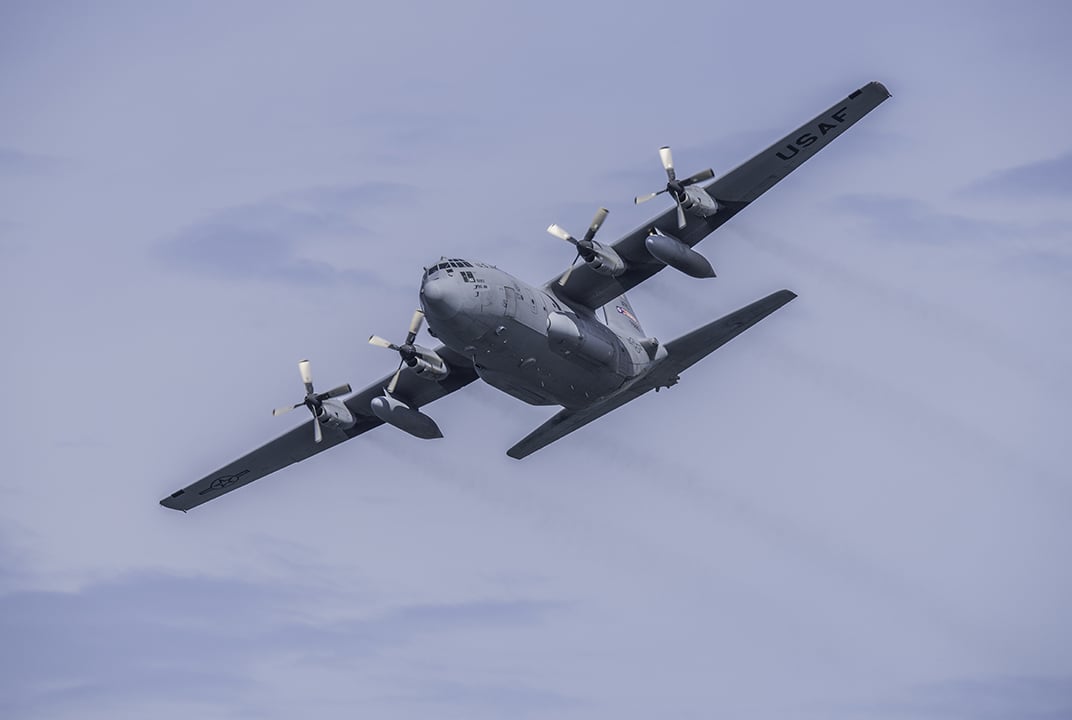Insight | Government collaboration – and milestones – made for a memorable 2015
Government collaboration – and milestones – made for a memorable 2015
Government
Rebecca Cowen-Hirsch, Inmarsat’s SVP, Government Strategy & Policy, U.S. Government, on how Inmarsat’s many milestones in 2015 – along with ongoing, collaborative efforts with federal decision-makers – is positioning the company as a top government partner in 2016.
In 2015, the U.S. federal government moved closer to a profound overhaul of how it acquires satellite communications (SATCOM). At Inmarsat, we are proud to play a prime role in helping government leaders make this transformation.
Realizing that land, air and sea units depend upon mobile, data-intensive applications while deploying to anywhere in the world at a moment’s notice, these decision-makers have begun to confront existing SATCOM acquisition policies, which encourage highly fragmented, dysfunctional processes.
Leadership calls for space “retooling”
In 2015, the following developments gave promise for a better way:
- In July, the Government Accountability Office (GAO) published the “Defense Satellite Communications” report, which called for a U.S. Department of Defense (DoD) spending analysis to identify SATCOM procurement inefficiencies and opportunities. It also recommended an evaluation of whether greater centralization of commercial SATCOM (COMSATCOM) would benefit the DoD. Currently, a resistance to the centralization of SATCOM acquisitions is hindering the procurement of military satellite communications (MILSATCOM), according to the GAO. Rather than continue the self-defeating argument of “fee vs. free,” considering the optimized use of commercial investments is a positive way forward.
- In the same month, General John Hyten, Commander of U.S. Air Force Space Command, issued a memorandum stating that even the newest space systems “lack required resiliency and survivability. We must retool our entire space architecture to one that can be commanded through a robust common ground platform.” In addition, he called for the evaluation of all legacy satellite constellations’ operations for possible transfer to commercial operators and the commercial network, or to a common enterprise ground solution. The senior leadership’s recognition of the benefits of commercial capability and the necessity of integration in such a definitive fashion is encouraging.
- In October, the DoD expanded the leadership role of Secretary of the Air Force Deborah Lee James, naming her as principal DoD space adviser (PDSA). Secretary James will seek to bring cohesion to space acquisitions, chairing the Defense Space Council (DSC) while delivering recommendations to the DSC on space issues. She will also provide independent assessments and proposals to Deputy Secretary of Defense Robert Work’s management action group when the DSC cannot reach a consensus on decisions. Although it remains to be seen how this role will exercise its functions, the appointment of a single leader for ALL space is a significant move.
As the government continues its progression toward a paradigm shift, Inmarsat will stay close at hand to offer insightful counsel, such as through our participation in the piloting of the “Commercial Integration Cell” within the DoD’s Joint Space Operations Center (JSpOC). Via the cell, we and five other satellite operators are raising the military’s awareness of how commercial satellites function, and how we can closely coordinate to enhance DoD space operations. “We are going to have a cell of commercial space operators that will reside at the JSpOC, sit side-by-side with us, and allow us to be able to share information more easily, plan together, and … capitalize on the benefits and capabilities,” said Lt. Gen. John Raymond, at a Mitchell Institute for Aerospace Studies event in April.
2015 milestones set new standards of accomplishment
Inmarsat commands a presence as a trusted government partner thanks to our continued contributions as a COMSATCOM provider. Among our numerous milestones in 2015 and beyond:
- In December, we announced that all three Global Xpress (GX) satellites have now achieved full operational capability to support government missions. In governments’ use in all three ocean regions, GX delivers the benefits of highly reliable, high-throughput access to meet mobile, interoperable communication needs.
- A fourth GX satellite is currently completing construction and will likely be launched in the second half of 2016 to offer additional GX network capacity.
- We are creating a new L-band region – the Middle East and Asia (MEAS) – which is expected to enter commercial service in the first quarter of 2016. This new region will overlap Inmarsat’s Europe, the Middle East and Africa (EMEA) and Asia-Pacific (APAC) satellites, increasing capacity in those regions on demand.
- Through collaborations with our skilled partners, we have successfully demonstrated in extensive user evaluations that Global Xpress can relay real-time video from military and law enforcement-piloted helicopters to ground operatives in the most adverse of conditions, such as mountainous terrain, open water, natural disasters or anywhere that line of sight communication means are blocked or out of range.
- The partnerships also enabled us to conduct successful tests of GX military service, validating the secure transmission of high-data-rate information with no signal distortion or loss for government customers on fast-moving platforms with users at multiple locations. Tests on mobile terminals demonstrated how high-speed data can be transferred without degradation in poor weather conditions and on terminals measuring as small as eight-by-eight inches.
- Inmarsat pushed SATCOM innovation to extraordinary levels of performance, augmenting MILSATCOM with ideal coverage, capabilities, reliability, capacity, resiliency and security. This includes the L-TAC service, now operationally used in all ocean regions. The service enables existing secure government radios to extend their range beyond line of sight by accessing Inmarsat’s satellites using a simple additional antenna unit. In response to government’s ever-increasing demand for reliable, higher throughput SATCOM, Inmarsat’s dynamic L-band lease capability enables our partners to deliver differentiating solutions, such as the airborne ISR service, LAISR and LACE prototype terminal — achieving significantly higher rates than previous L-band experiments.
In 2015, we reached significant accomplishments. In 2016, we want to achieve even more as our collaborative efforts help us invest wisely in responding to government needs, to develop secure, reliable, resilient, flexible and capable SATCOM that is fully interoperable with MILSATCOM – anytime, anywhere. Ultimately, service men and women users will emerge as the winners – no matter where on the globe they go.
About the author
Rebecca M. Cowen-Hirsch is Inmarsat Senior Vice President for Government Strategy and Policy in the United States Government (USG) Business Unit, based in Washington. Ms. Cowen-Hirsch brings 25 years of defense, aerospace, and executive leadership experience to Inmarsat. As a decorated member of the Senior Executive Service (SES) in the U.S. Department of Defense, she served as the Program Executive Officer for SATCOM, Teleport and Services at the Defense Information Systems Agency (DISA) and in several key SES executive positions including the first Vice Component Acquisition Executive for DISA, with executive management responsibility for the acquisition oversight and horizontal integration of DISA’s products, services, and programs. Ms Cowen-Hirsch established the Defense Spectrum Office, serving as its first Director where her responsibilities included the development of national security spectrum strategic plans and policy, and national and international negotiation of defense spectrum issues. Her broad defense career ranged from systems engineering, experimental flight test, program management, spectrum management, and a wide range of executive leadership positions. Ms. Cowen-Hirsch was a rated experimental flight test engineer; was the first female civilian Mission Commander for the Advanced Range Instrumentation Aircraft (ARIA) mission, and was the recipient of an Exemplary Service Medal for her years of selfless service to the Department of Defense. Ms Cowen-Hirsch has a Bachelor of Science Degree in Electrical Engineering, conducted post-graduate studies in Engineering Management, and is a graduate of the University of Tennessee Space Institute Experimental Flight Test Program; the DoD’s Acquisition Management Program; and the Cambridge Senior Executive Leadership Program.


